
Getting a Jumpstart on Joint Infections
Infected joints can be scary and cause stress, but early aggressive treatment offers the best chance for full recovery.

Infected joints can be scary and cause stress, but early aggressive treatment offers the best chance for full recovery.

PET reveals activity at the molecular level and detects changes in tissue before the size or shape is modified.
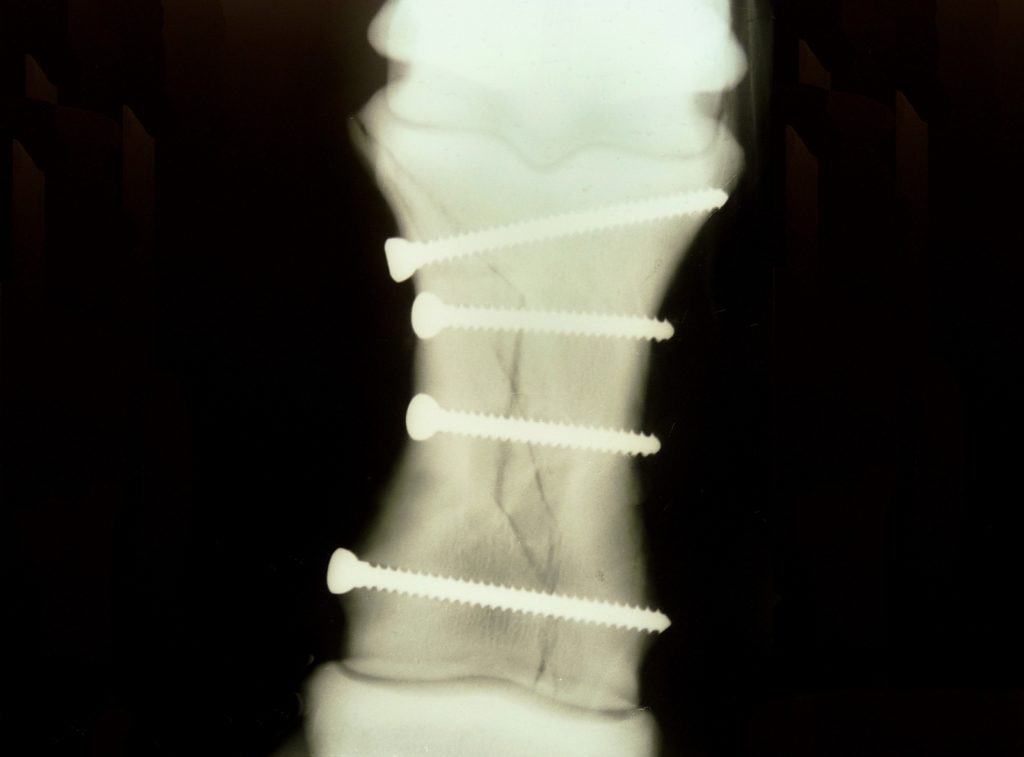
Technological advances and improved surgical procedures mean horses have a better chance of surviving a fracture.
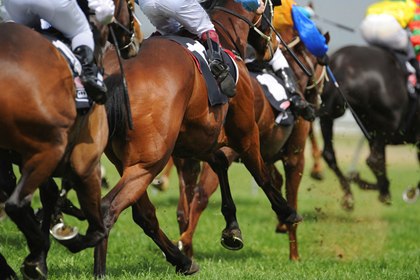
Soft tissue damage resulted in a larger increase in SAA levels than bone and joint injuries, researchers found.
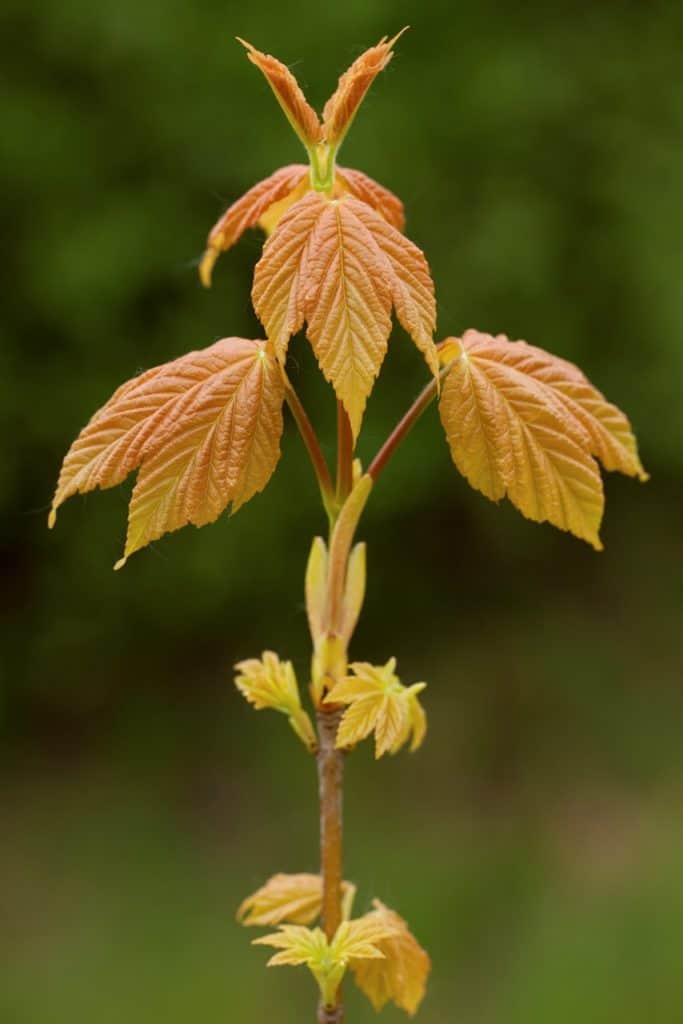
Owners are encouraged to watch for sycamore seedlings, which can cause atypical myopathy, in horse pastures.
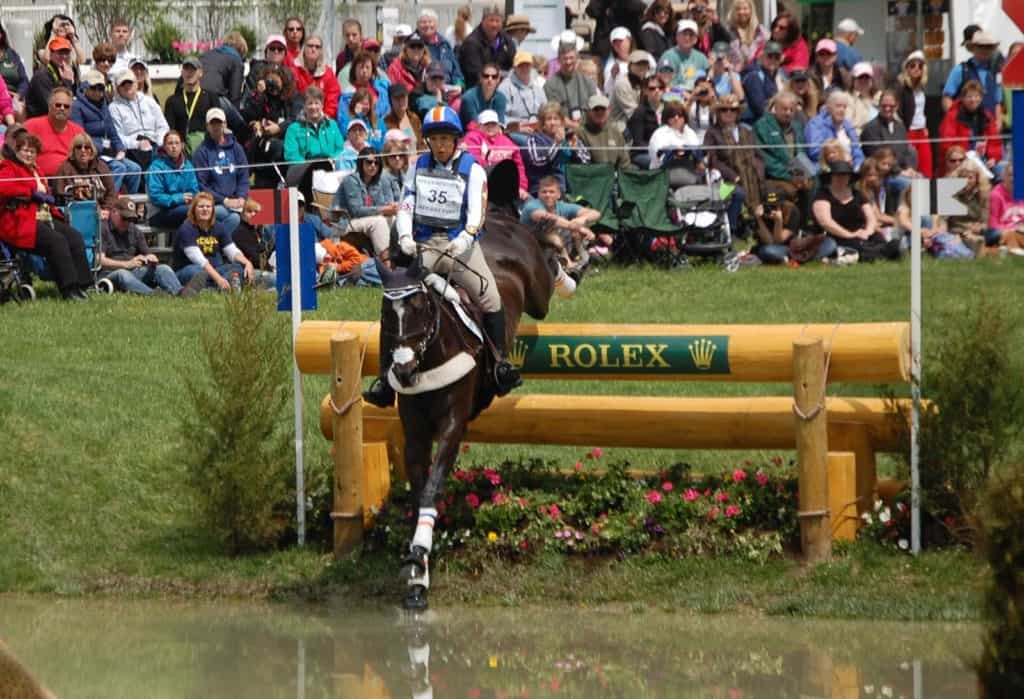
Joint health and mobility supplements were the most frequently used in both disciplines, researchers found.

Researchers found that “an unexpectedly large number of normal horses” had temporomandibular joint (TMJ) variations.
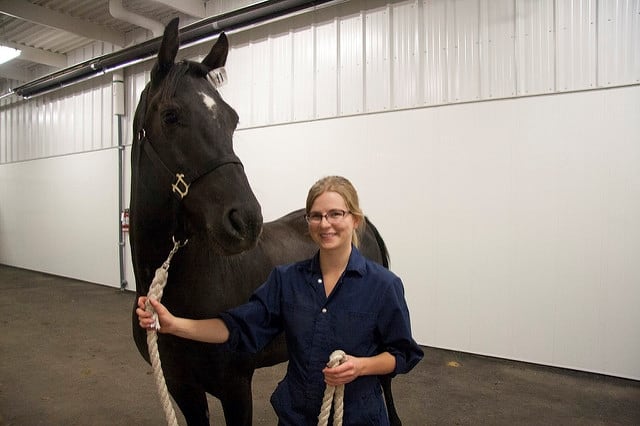
Researchers hope study results will help them establish guidelines for administering nerve blocks in horses’ hind limbs.

Standardbreds training over shorter distances lost fewer training days to injury, but still raced successfully.
Dr. Kyla Ortved specializes in orthopedic surgery, including arthroscopy, tenoscopy, and fracture repair.

Frequent findings included osteoarthritic changes, sclerosis, and mild bone spurs, among others.

Nuclear scintigraphy is especially useful for honing in on the locations of active bone conditions in horses.

Even small deviations in sensor placement can result in an inaccurate hind-limb lameness diagnosis, researchers found.
Dr. John Pigott will provide service in sports medicine, regenerative therapy, and elective and emergency surgery.

A look at three of the most common tendon and ligament injuries in horses and how to treat them.
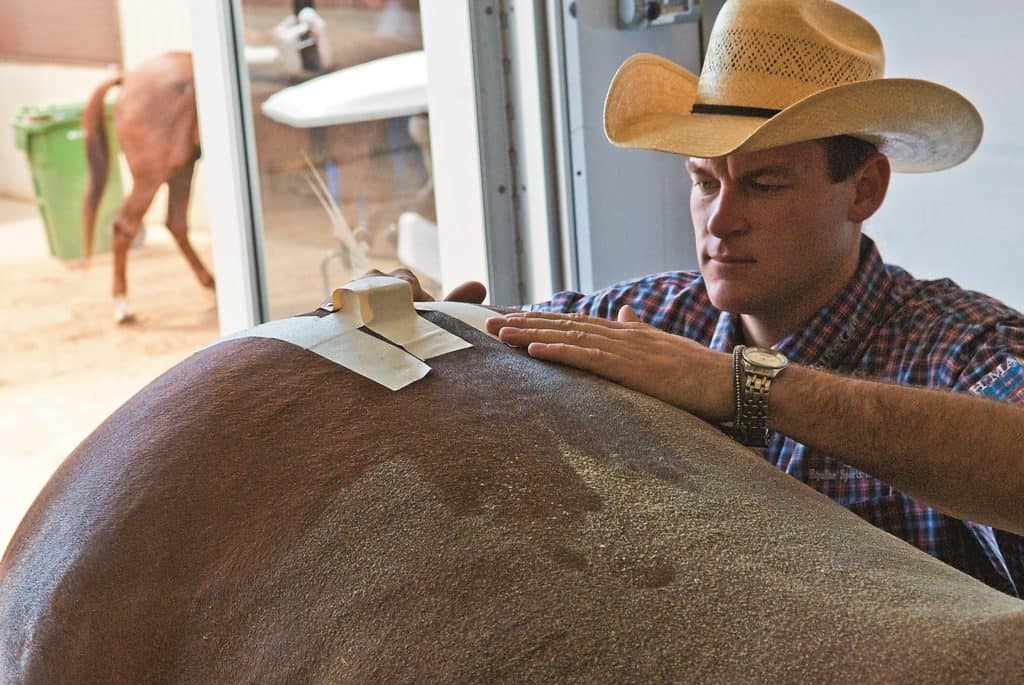
There was a strong correlation between vet and inertial sensor system when evaluating lameness change post-nerve-block.
Stay on top of the most recent Horse Health news with
Notifications